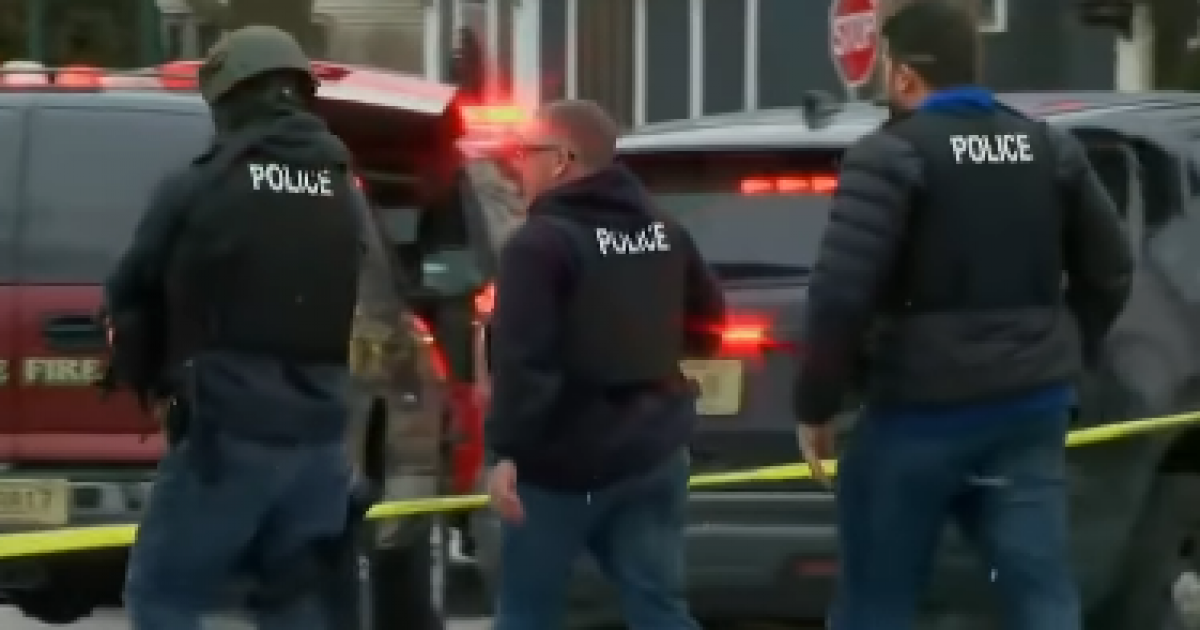
Graham Noble of Liberty Nation brought an interesting development to attention regarding the Department of Justice’s trouble trying to define what constitutes a mass shooting.
On April 6, the National Institute of Justice (NIJ), an agency under the purvey of the DOJ, released a report entitled Advancing Mass Shooting Research to Inform Practice. The purpose of this study was to study the problems of defining what a “mass shooting” is, as opposed to providing general statistics regarding these incidents.
Indeed, there is no standard definition for what is a “mass shooting.” According to several government agencies and private institutions, a mass shooting is an “indiscriminate killing of four or more people in a public place.”
However, Noble notes that such a definition is “flawed.”
Why, to begin with, should the number of people killed determine the classification of mass shooting? Why not three or more? Why not five or more? Why cannot a shooting that results in no fatalities but multiple casualties also be classed as a mass shooting? What was the shooter’s intent and motive? These were all questions considered by the practitioners (the law enforcement personnel) and the researchers (the scientists) involved in producing this report.
Instead, the author cites some counterexamples posed by experts who provided their input throughout the report.
“That number [four] seems arbitrary,” one law enforcement professional said. “It should have less to do with efficiency, [that is, the] number of people in the room, etc., than the intent of the offender.”
“You have to include nonfatal injuries,” another added. “They all intend to kill, but if they are a poor shooter, you still have the same dynamics and personality – they just didn’t know how to operate the weapon.”
Another good point that Noble raises is the political bias in most statistical compilations. He highlighted how “A large proportion of that data is collected by groups that have an anti-gun agenda.” Because of this bias, “they will include suicides and accidents in gun violence numbers to paint a picture far grimmer than reality.”
Nobel posed other scenarios demonstrating the trouble in trying to define mass shootings:
When most people hear the term “mass shooting,” they think of an armed individual, or perhaps two, opening fire indiscriminately in a public place and killing several people. How indiscriminate does the shooting have to be, though? If a disgruntled former employee walks into a factory and shoots five people – each of whom the shooter deliberately targeted – is that not also a mass shooting?
One could argue that, since the aforementioned hypothetical scenario was a shooting of multiple people, it should naturally be classed as a mass shooting. On the other hand, it was not an act of random violence but the premeditated killing of five targeted individuals. A mass murder, perhaps, but a mass shooting as the public has come to understand such a term? Not really.
Indeed, there is a common perception among everyday people of what constitutes a mass shooting:
What most lay people consider a mass shooting is a scenario in which the number of victims is limited only by one of three outcomes: the shooter takes his or her own life, armed responders arrive on scene and neutralize the threat – either by disabling, detaining, or killing the shooter – or the shooter runs out of people to shoot.
The NIJ does not come to a final conclusion on what truly is a mass shooting. Instead, it argues the following:
[T]here appears to be broad sentiment in favor of moving away from a number-based system of rigidly defining mass shootings and related phenomena, and toward defining mass shootings more flexibly.
There is a problem that Noble correctly notes with liberally changing the definition of mass shootings:
Such an approach is a two-edged sword, though. On the one hand, the definition of mass shooting should, indeed, be more flexible. On the other, this new flexibility must be tempered and constrained within certain boundaries. Otherwise, it would be too easy to class almost every crime involving a firearm as a mass shooting. The result? Entities with interest in eroding Second Amendment rights would soon be claiming that the United States is plagued by thousands of “mass shootings” every year.
Instead, he proposes a more reasonable definition standard:
The only proper definition of a mass shooting is one that checks all the boxes without being so vague as to allow for misuse of the term. Also, it must be a definition that draws a distinction between the evocative term “mass shooting” and acts of terrorism, targeted killings, and gang-related shootings.
Indeed, in our overly politicized society, we should be skeptical of a lot of statistics that could be spun to advance the political establishment’s anti-gun narratives.
It’s important for gun rights activists to present intellectually coherent arguments while also making sure that our opponents don’t dictate the terms of the debate.



